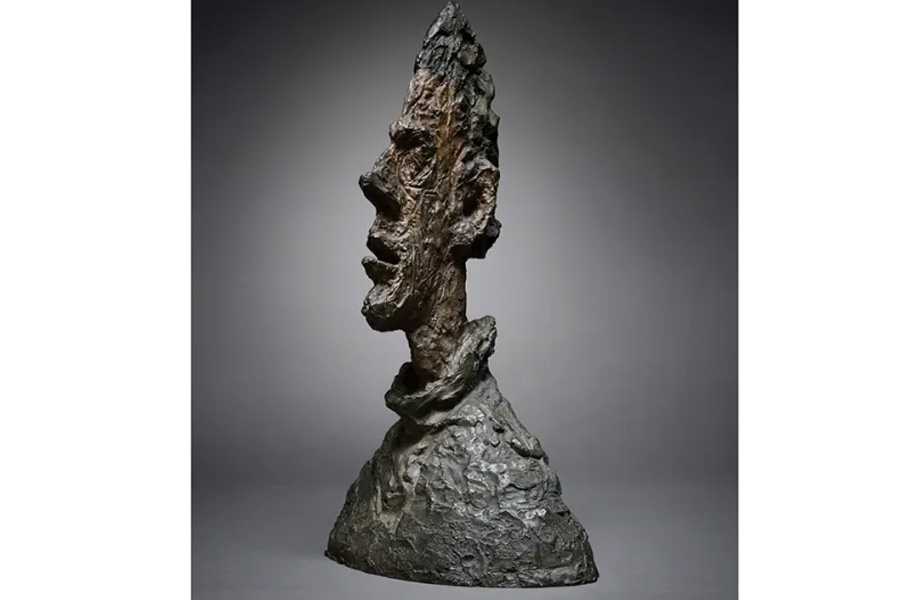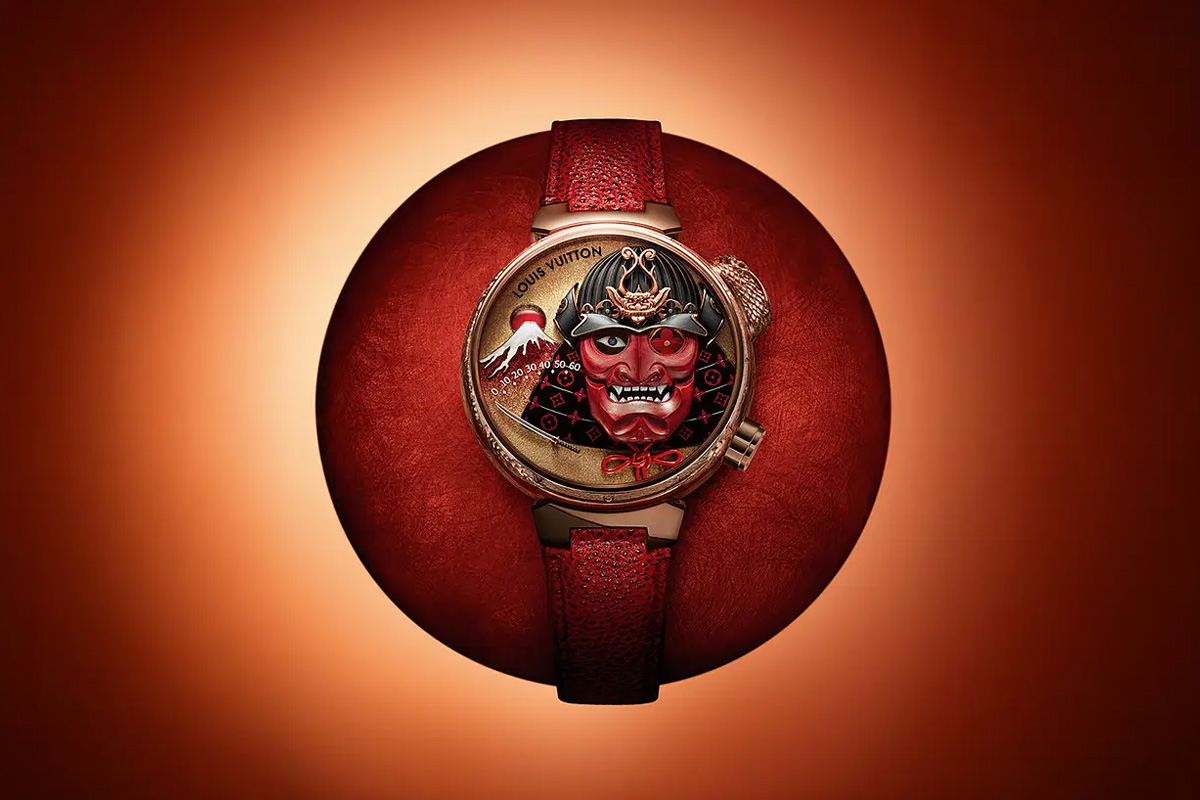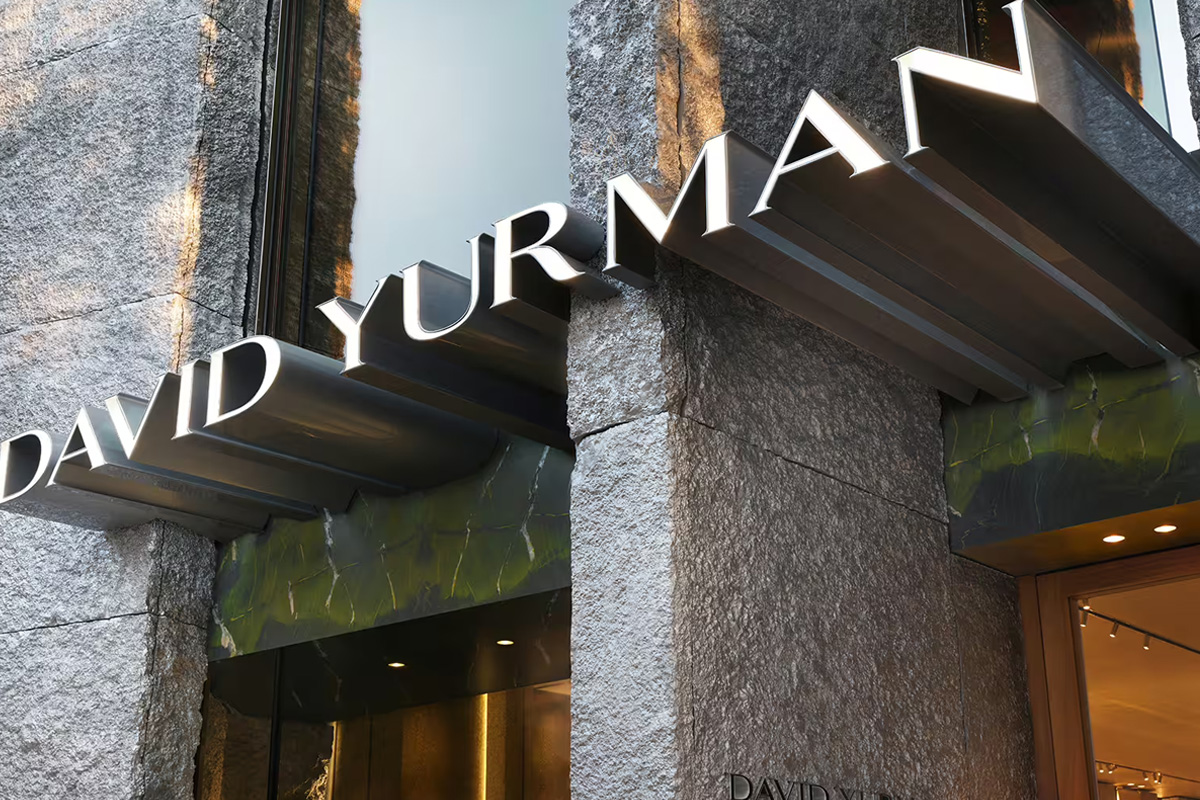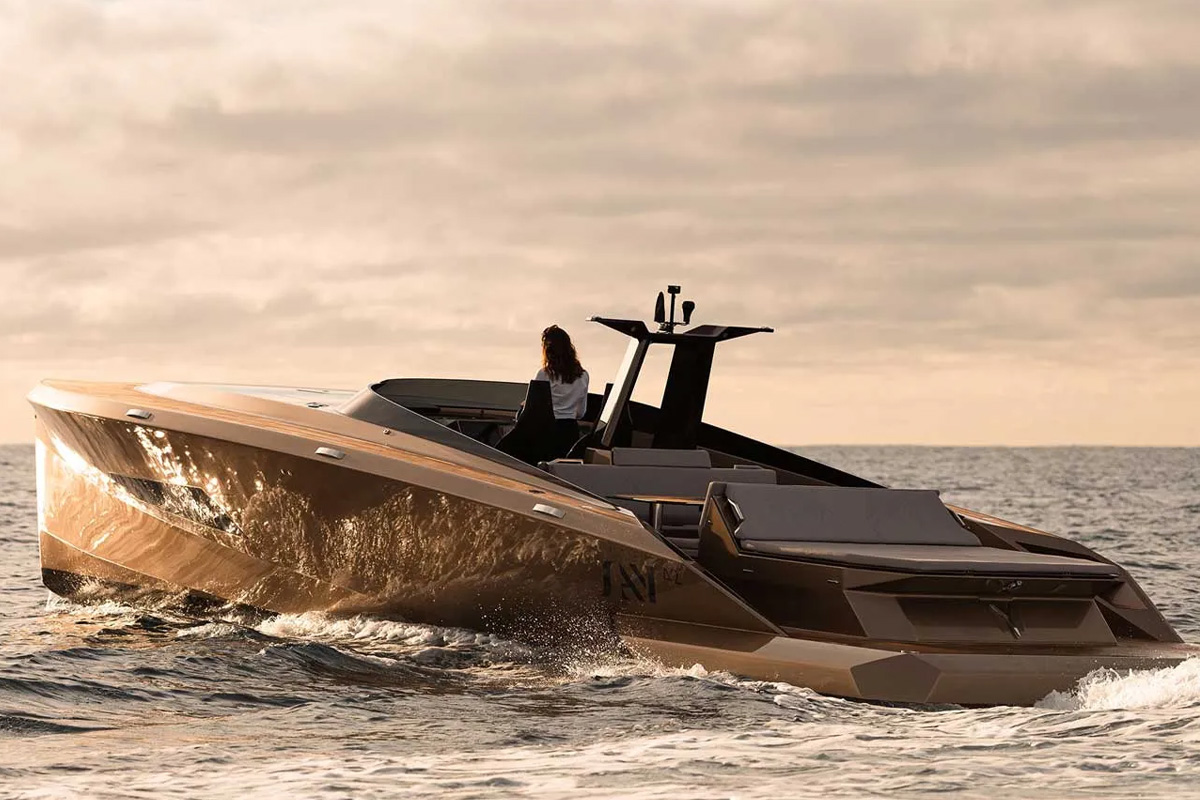A 1955 Giacometti Sculpture Could Fetch Over $70 Million at Auction
Picture a moment caught in bronze—a scene where art and heritage blend in unexpected ways. In May, Sotheby’s is set to present Grande tête mince (also known as Grande tête de Diego), a 1955 sculpture by Alberto Giacometti, an artist many would call a true legend. Expected to fetch over $70 million, this striking work is bound to light up the global stage, drawing in collectors, investors, and art lovers alike. One might ask, why does a 25‑inch sculpture command such sky-high value? Generally speaking, its appeal arises from a mix of art, history, and a dash of modern charm.

This write-up will delve into the piece’s creative legacy and examine its role in today’s market—while also hinting at its symbolic pull for those interested in buying not only art but a slice of history as well.
The Artistry of Alberto Giacometti’s Grande tête mince
Grande tête mince is best appreciated when you know a bit about its maker, Alberto Giacometti. He wasn’t just an artist who carved elongated figures – he had this uncanny knack for laying bare the raw, vulnerable parts of being human. In fact, this 25‐inch bronze bust began as a tribute to his brother Diego, who was more than just family—he was a muse, a collaborator, and a constant, supportive presence in Giacometti’s most creative years.
Giacometti even took the time to hand-paint the details himself, and the piece made a memorable appearance at the 1956 Venice Biennale. Its curves mix a kind of stubborn strength with a surprising delicacy; sometimes, each line seems to whisper Diego’s spirit while also showcasing the sculptor’s flair with form and texture. The richly hued surface plays with light in a way that, frankly, makes you feel like it’s almost alive, a layered dance of shadow and shine.
Now, what makes this cast stand out? Simply put, it’s one of only six that exist, and the only one featuring those hand-painted touches, which is pretty rare for any art buff. Its story winds from that notable Biennale all the way to New York’s Fondation Maeght, and eventually into the private collection of real estate giant Sheldon Solow—each stop adding its own historical and cultural flavor. In most cases, this piece isn’t just a sculpture; it’s a living narrative of creativity and legacy.
Why This Sculpture Matters in Today’s Art Market
Grande tête mince isn’t merely about eye-catching looks. It’s a clash of deep sentiment, a splash of rich cultural history, and smart money moves. Wealthy collectors see art as a kind of crossroads where personal passion meets a storied legacy and financial planning—a bronze bust like this shows off all those flavors at once.
Some chatter in the market tells us that serious buyers lean toward works with a meaningful past and unblemished history. In most cases, even with art sales dipping roughly 12% globally in 2024 (as noted in the Art Basel and UBS Global Art Market Report), the craving for solid, investment-grade pieces sticks around. Giacometti’s creations, carrying a mix of heartfelt weight and a knack for retaining value, continue to attract attention even if things get a bit unstable.
Then there’s the track record that backs up the buzz. In 2010, another cast of this very piece went for about $53 million at Christie’s. And, one can’t forget his standout work, Pointing Man, which—if you recall—broke records in 2015 by selling for $141.3 million. These moments, repeated over time, hint strongly at a trend among those who favor sculpture as a long-term bet. With its rarity, strong history, and a nod to modern art’s heyday, Grande tête mince is set to fetch bids that only add to Giacometti’s already impressive reputation.
The Emotional and Cultural Pulse of Collecting Giacometti
Grande tête mince isn’t just about price—it’s something that grabs you in a way numbers can’t capture. Giacometti’s pieces, admired for their deep inner layers and a kind of unexpected complexity, seem to click with collectors who believe art is really part of who they are. Owning one of these works, coming from a sculptor many consider central to the 20th century, can feel like nabbing a rare bit of prestige and cultural charm.
“Its arrival stands as a nod to a trusty legacy,” says Simon Shaw, senior advisor at Sotheby’s. In most cases, collectors notice that Giacometti weds solid technical skill with a burst of raw emotion. For many, pieces like Grande tête mince aren’t merely smart investments—they’re heirlooms that, in a very human way, help hold generations together.
The Role of Art as Financial Strategy
Grande tête mince pops onto the scene at an odd moment—art isn’t just admired for its beauty any longer; it’s also picked up a role in big, sometimes murky, financial deals. The Soloviev Foundation, with Stefan Soloviev at the helm, is now using prized pieces like Modigliani’s Almaisa and Rothko’s Untitled (Red, Orange, Red) as collateral to secure hefty financing. Generally speaking, this is part of a broader, evolving approach where some ultra-wealthy collectors mix art with capital moves, blurring the lines between a cultural treasure and a fiscal instrument.
Masterpieces today aren’t simply static decorations on a wall; they’re turning into versatile tools for boosting liquidity and spreading risk around portfolios. The recent launch of Grande tête mince really underlines this double role—it stands as both a work of art and a savvy asset, attracting buyers who value cultural depth alongside financial cleverness. In most cases, this blend of artistic passion and money-minded strategy shows how art’s role is shifting in unexpected, sometimes imperfect, ways.
A Defining Moment for the Modern Art Market
May 13 is nearly here, and many in the art scene are watching the sale as if it were a pulse check on shifting trends. Will the ultra-premium market really shrug off today’s economic pressures? And what happens when the already scarce supply of blue‐chip sculptures nudges demand in unexpected ways? Sometimes these moments—fleeting yet telling—offer more questions than answers, leaving room for a bit of wonder.
For years, Sotheby’s modern art evening sale has kind of stood in as a rough gauge of high‐end collecting’s health; this year it seems the stakes might even be raised a bit more. Grande tête mince, for instance, is expected to serve as a kind of anchor for collectors rethinking post-war art, providing a clear point of reference amid all the uncertainty. The blend of enduring charm and rarity might, in most cases, push bids to levels rarely seen before—so it’s a situation that leaves everyone a bit on edge, if you know what I mean.
Why Giacometti Remains a Name to Invest In
Giacometti’s legacy endures because his work transcends aesthetics, delving into philosophy, introspection, and legacy. His Grande tête mince sculpture, also known as mince grande tête de, stands as a testament to his brilliance—embodying innovation, rarity, and prestige. As tête mince grande gains prominence in modern sculpture, works like this continue to shape conversations within the art market and the impressionist and modern art categories.
In the upcoming Giacometti sculpture auction 2025, grande tête de diego, a piece inspired by his brother Diego, is expected to set new market precedent. Both Giacometti and his modern art peers, such as Mark Rothko (Mark Rothko’s Untitled) and Piet Mondrian (Piet Mondrian painting estimated), continue to captivate collectors and investors alike, even amid global economic uncertainty and stock market volatility. Christie’s and Sotheby’s, with experts like Simon Shaw (Simon Shaw Sotheby’s senior), predict that major works consigned by few estates and private sellers will achieve final prices that reflect their rising market profile.
Whether you’re drawn to the profound meditative presence of Giacometti’s modern art evening sale or the richly painted surface of a Rothko, the art world is buzzing with opportunities. Notably, private dealers familiar with the market are reporting interest in both the quality and particular cast of Giacometti’s works, often connected to his lifelong muse and studio assistant Diego. As optional cookies and essential cookies track the art world’s online presence, many private sellers are opting for platforms to reach market watchers.
With Simon Shaw highlighting the relevance of investing in major prize pieces during volatile times, the rising market profile Shaw describes aligns with the enduring allure of Giacometti. Whether consigned by two private dealers or solow’s son Stefan Soloviev, these sculptures offer not just financial stability but a timeless connection to modern art. Giacometti’s only known version works remain a touchstone for collectors and investors who appreciate their profound meditative presence.
Final Words
The sale of Grande tête mince (Grande tête de Diego) is more than just an auction event—it’s a pivotal moment in the art world, highlighting the enduring significance of both Giacometti’s modern sculpture and the art market itself. Amid global economic uncertainty and stock market volatility, pieces like this hold profound meditative presence, serving as both cultural narratives and financial investments.
This sculpture, part of the Impressionist and Modern Art Evening Sale in 2025, symbolizes the rising market profile of modern art and reflects Giacometti’s lifelong muse—his brother Diego. Market watchers and private dealers familiar with such masterpieces recognize their dual appeal: beauty to behold and value to preserve. With final prices often setting market precedent, collectors and investors must bring a discerning eye to major works like this.
Grande tête mince, the only known version of this particular cast, has been consigned among other major works by both private sellers and a few estates. It is a testament to Giacometti’s artistic brilliance and the richly painted surface of his vision. For nearly two decades, such works have captivated art enthusiasts globally, with private dealers and auction houses like Sotheby’s—aided by experts such as Simon Shaw, Sotheby’s senior executive—shaping the modern art market.
As masterpieces like this sculpture and others, such as Mark Rothko’s Untitled or Piet Mondrian paintings, continue to dominate auctions, collectors must navigate the complexities of art financing programs like Christie’s to secure these treasures. With the help of optional cookies and essential cookies tracking user preferences, platforms ensure seamless participation for many private sellers and buyers.
Are you ready to invest not just in art, but in history? The Grande tête mince, with its profound meditative presence and connection to Giacometti’s studio assistant and family, offers a major prize—a chance to own a piece of legacy. The question is: will Grande tête mince and its richly layered story define your next chapter?
LATEST
POPULAR





